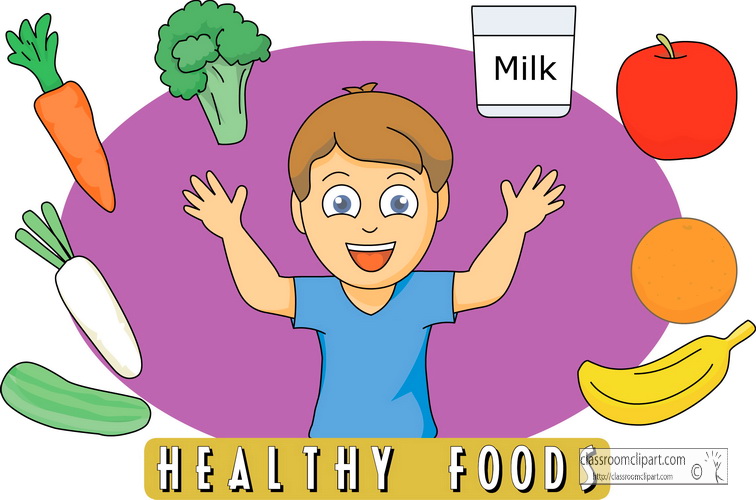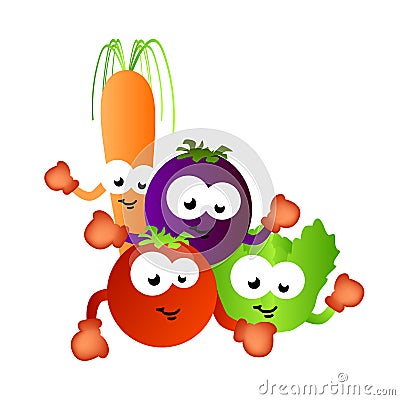Healthy Foods For Kids Definition
Source : Google.com.pk
Teaching children to eat healthfully these days is, unfortunately, more complicated than just encouraging them to eat their Brussels sprouts. Studies suggest that many children often skip breakfast, and missing a morning meal has been linked with lower overall intakes of a variety of nutrients. Kids are also eating more foods prepared outside of the home (which often means bigger portions), drinking more sodas and consuming less dairy (which is important for growing strong bones).
What’s more, in the last 30 years the percentage of U.S. children aged 6 to 11 who are overweight has nearly tripled. As childhood obesity becomes more common, diseases previously only seen in adults are becoming increasingly prevalent in children. For example, estimates from the Centers for Disease Control and Prevention predict that one in three American children born in 2000 will develop type 2 diabetes at some point during their lives. Other research shows that plaque building up inside arteries—the most common cause of heart disease—can begin in childhood.
By learning to love fruits and vegetables while they are young, kids will develop food preferences that can help lower their risk of heart disease, diabetes and some cancers later in life. A produce-rich diet is also naturally lower in calories and fat and higher in vitamins and minerals. According to the latest recommendations from the USDA, kids ages 2 to 3 should have 1 cup each of fruit and vegetables each day. Kids ages 4 to 8 should have 1½ cups of fruit and 1½ cups of vegetables; and kids 9 to 12 need 1½ cups of fruit and 2 to 2½ cups of vegetables. What counts as a cup? Click here. Aim to serve a colorful variety of fruits and vegetables throughout the week.
Kids should get 60 minutes of moderate to vigorous play or physical activity each day. Limiting their “screen time” (i.e., watching TV, playing video games, e-mailing and instant-messaging) to two hours each day will help accomplish this goal. The number of “discretionary calories” (those spent on “extras” once nutrient needs are met) varies greatly between sedentary and active kids. Kids who are active have a discretionary-calorie allowance of about 200 to 500 calories a day, whereas sedentary kids only have 100 to 150—about the amount in an 8-ounce juice box or a handful of pretzels.
hildren under 2 need a certain amount of fat in their diets to help the brain and nervous system develop correctly. Fat also aids in the absorption of some vitamins: vitamins A, D, E and K can only be absorbed if there's some fat in the diet. While toddlers can drink richer whole or 2% milk, older kids (2+) should drink low-fat or skim milk, along with the rest of the family. Additionally, children ages 2 to 3 should eat a varied diet with about 30 to 35 percent of calories coming from fat. For ages 4 to 18 years, the recommendations decrease to 25 to 35 percent of calories from fat.
Although eating adequate amounts of fat is an important part of a healthy diet, many kids today are eating too much of it, leading to weight gain. The major sources of saturated fat and cholesterol in children’s diets are full-fat milk and cheese and fatty meats. To keep your child’s fat intake in check, offer low-fat dairy and lean cuts of meat in appropriate portion sizes, as well as fruit, vegetables and whole grains, which are naturally low in fat. Make an effort to choose healthy, unsaturated fats like canola, olive and other vegetable oils over butter and other solid fats.
During childhood and adolescence, the body uses calcium to build strong bones—a process that's all but complete by the end of the teen years. Getting enough calcium at a young age is important to prevent osteoporosis later on. Yet more than 85 percent of girls and 60 percent of boys aged 9 to 18 fail to get the recommended 1,300 milligrams of calcium per day (kids aged 4 to 8 years old need 800 mg; toddlers aged 1 to 2 years need 500 mg). The 2005 Dietary Guidelines recommend 2 cups of low-fat or nonfat milk or dairy products per day for children 2 to 8 years old and 3 cups for children 9 years and older.










Nice recipe :)
ReplyDeleteIt is Healthy food recipes for kids to eat.
Useful information you provided.
It helps as Healthy food recipe for kids and adults.
Thanks for taking the time to discuss this, I feel strongly about it and love learning more on this topic. https://www.juiceberryfan.com/
ReplyDelete